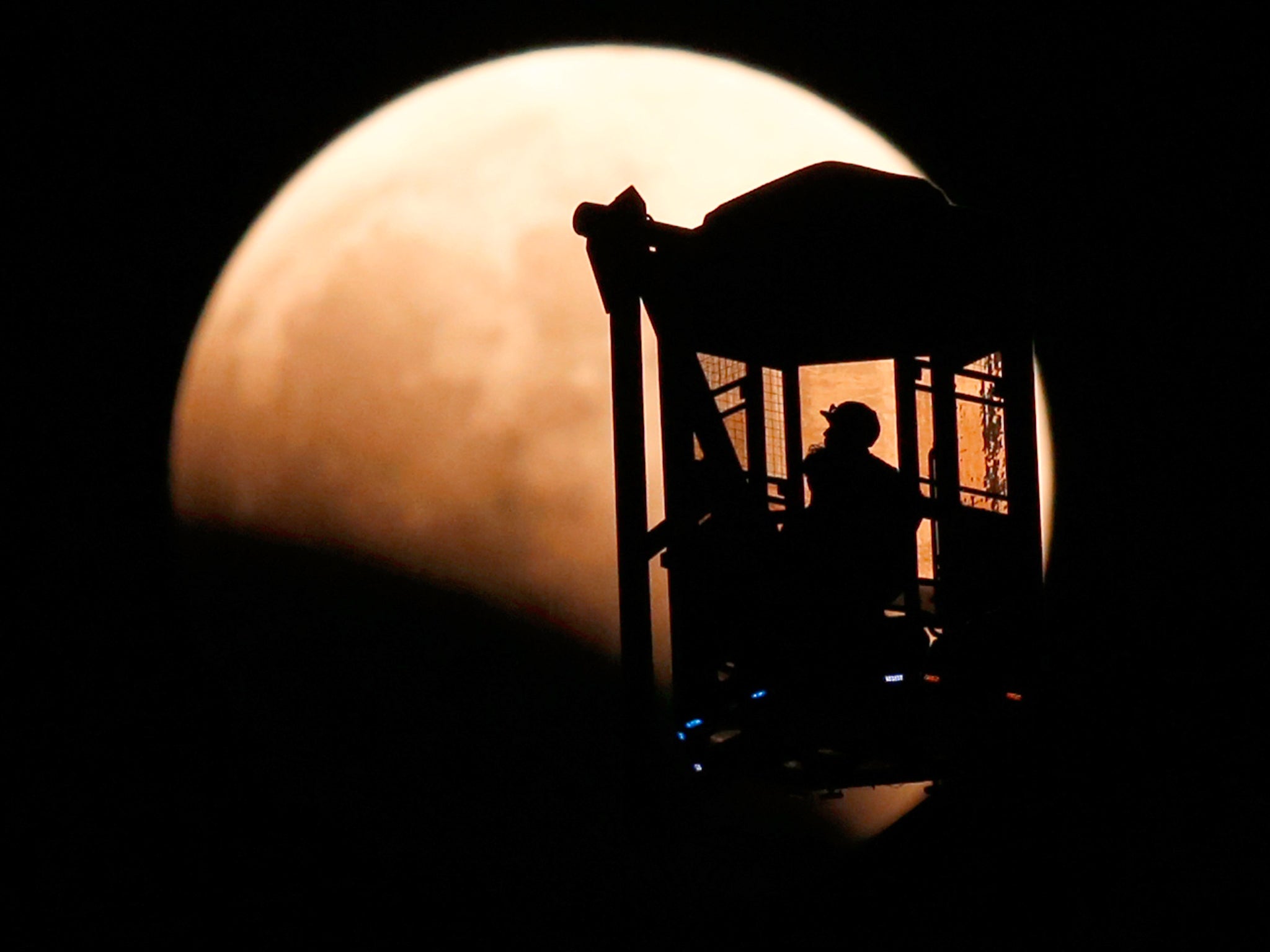US government preparing to regulate business on the moon
Move is important development in work to determine who owns the moon and who can send objects there

Your support helps us to tell the story
From reproductive rights to climate change to Big Tech, The Independent is on the ground when the story is developing. Whether it's investigating the financials of Elon Musk's pro-Trump PAC or producing our latest documentary, 'The A Word', which shines a light on the American women fighting for reproductive rights, we know how important it is to parse out the facts from the messaging.
At such a critical moment in US history, we need reporters on the ground. Your donation allows us to keep sending journalists to speak to both sides of the story.
The Independent is trusted by Americans across the entire political spectrum. And unlike many other quality news outlets, we choose not to lock Americans out of our reporting and analysis with paywalls. We believe quality journalism should be available to everyone, paid for by those who can afford it.
Your support makes all the difference.The US is getting ready to license companies for commercial development of the moon.
US companies are able to claim bits of the moon through the same process that allows them to get approval to launch rockets into space, according to a new report from Reuters.
The claims come from a letter sent by the Federal Aviation Authority (FAA) to Bigelow Aerospace, an American space startup that among other things makes inflatable habitats for use in space. The letter seems to imply that if Bigelow put one of the habitats on the moon, it would have exclusive rights to that terroritory, according to Reuters.
Bigelow is sending its inflatable habitats to the International Space Station this year, ahead of a plan to keep them as outposts in space that could eventually see them house tourists. It then wants to move its focus to the moon, installing similar basis from around 2025.

Bigelow told Reuters that the new rules don’t mean that anyone can own the moon. They simply ensure that “somebody else isn’t licensed to land on top of you or land on top of where exploration and prospecting activities are going on”, it said.
The US is part of a UN treaty that rules over space law and bans any government from claiming the moon or any other celestial bodies. But it does not ban private companies from putting objects onto the moon, a process which is now licensed by the FAA.
And the US did not sign another key piece of UN legislation, known as the Moon Treaty. That was signed by just nine countries and limits the ways that countries and companies can claim minerals and other property that exists on the moon.
Join our commenting forum
Join thought-provoking conversations, follow other Independent readers and see their replies
Comments